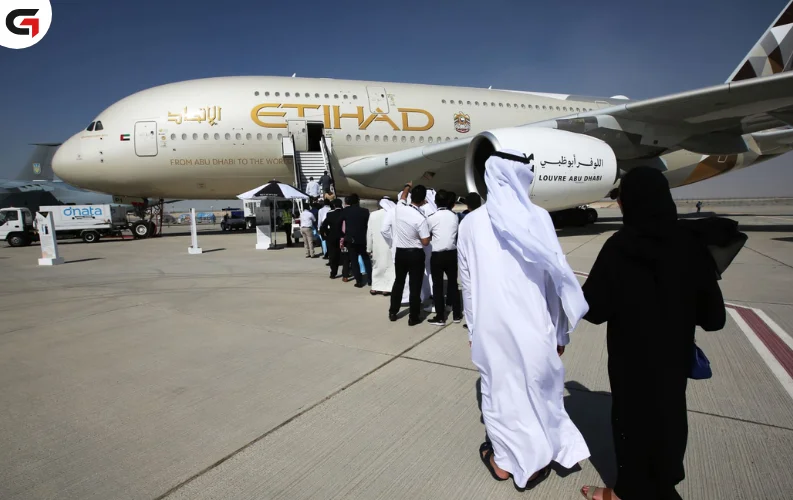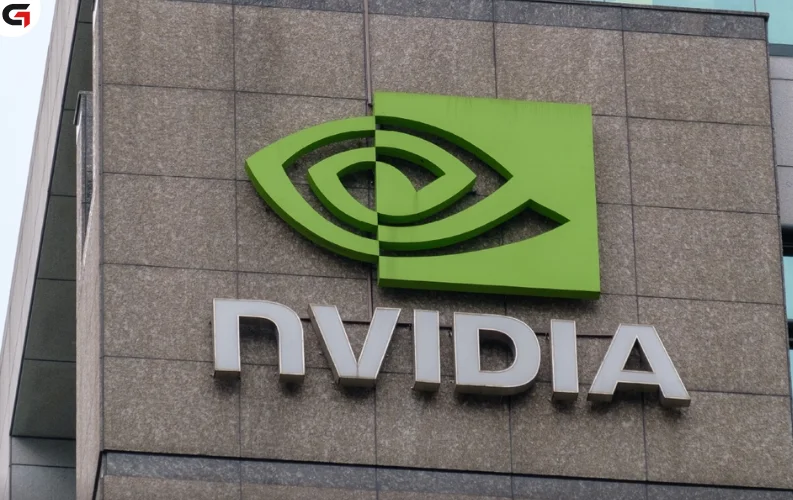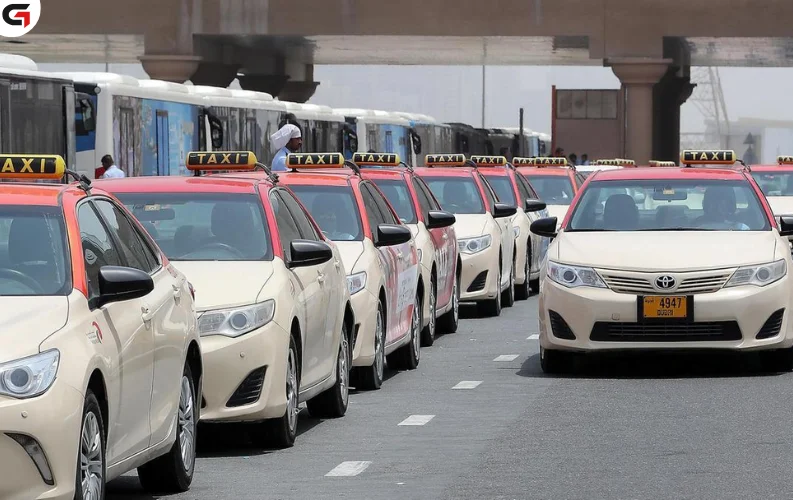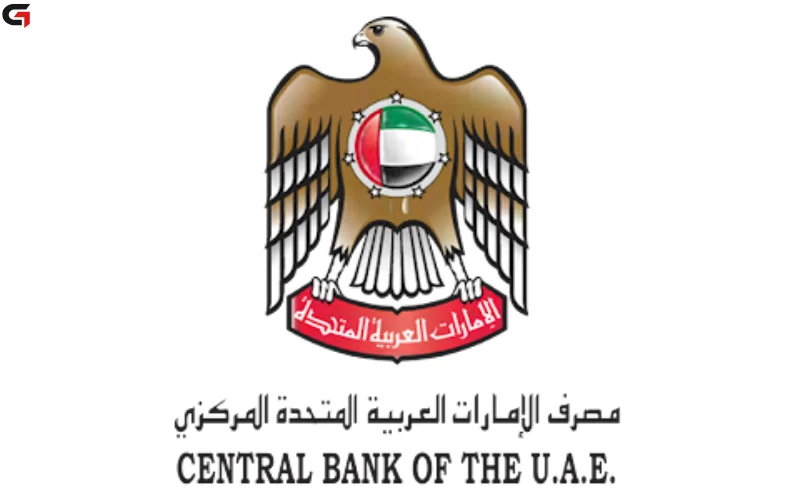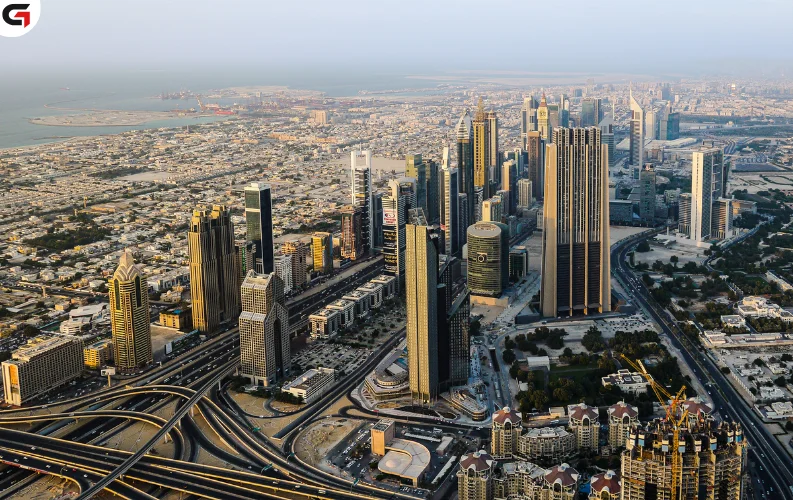Etihad Airways is not easing into the future — it’s accelerating. In a recent detailed discussion, the airline’s CEO Antonoaldo Neves outlined an ambitious multi-phase growth strategy, aiming to double down on fleet expansion, talent development, and product consistency, while maintaining flexibility to adapt to global shifts.
The airline, headquartered in Abu Dhabi, has already scaled up its aircraft count from around 70 in 2022 to 100 currently, with plans to add 20 new aircraft each year over the next four to five years. This aggressive expansion marks a clear pivot from stability to scale, positioning Etihad as one of the key players in the evolving global aviation landscape.
“We’re going to be adding 20 planes yearly for the next four to five years,” said Neves. “We’re investing not only in aircraft, but also in the people who will power that growth.”
Fleet Expansion and Boeing Deal: Planning for 2030 and Beyond
Among the airline’s recent moves is a significant deal with Boeing for 28 long-haul aircraft, a mix of B787s and the next-generation B777X models. The new additions, expected to enter service around or after 2030, are part of a long-term vision designed to give Etihad strategic optionality rather than locking in rigid capacity plans.
“Our stakeholders needed to understand that we’re planning for 2028 and beyond,” Neves noted. “These aircraft are about future readiness. While 28 planes is a good number, I might need more. We prefer buying as we go to stay flexible.”
This forward-looking approach to fleet management reflects Neves’ broader principle — not overcommitting early, but building capacity with adaptability.
Retrofitting for Consistency: A $1 Billion Overhaul
As the airline brings in new aircraft, it's also investing heavily in retrofitting its existing fleet, allocating over $1 billion to standardize the passenger experience across all classes and aircraft types. The goal is clear: complete consistency in product quality and cabin experience by 2028.
The retrofit project is already underway. Etihad has begun seat production orders and is collaborating with multiple suppliers — including Collins Aerospace, Recaro, and Safran — to furnish a cohesive cabin design.
“It’s a massive project — from seat selection down to the color of the blankets,” Neves explained. “We want passengers to have a seamless, consistent experience, no matter which aircraft they’re flying on.”
Part of this push includes the rollout of the Airbus A321LR, which will feature first-class cabins on narrow-body aircraft — a regional first. The A321LR is expected to serve routes up to 7 hours, with potential destinations ranging from Geneva to Krabi, and Mumbai to Riyadh.
Etihad’s A380 Strategy and the Role of 777X
As part of its fleet rebalancing, Etihad is also evaluating the future of its Airbus A380s, of which seven are currently active. Neves hinted at plans to increase the operating number to nine and continue operating the type for several more years. At the same time, the incoming 777X models may eventually replace the A380s, depending on performance and market conditions by the early 2030s.
“I may choose to keep the A380s flying for another seven years and operate them alongside the B777X,” he said. “The important thing is maintaining flexibility.”
Strong Balance Sheets and Growing Talent Pool
Etihad’s expansion is being supported by what Neves described as a strong financial foundation, bolstered by recent quarters of profitability. In Q1 2025, Etihad recorded a net profit of Dh685 million, a milestone that reflects both operational efficiency and robust demand.
Equally critical to Etihad’s growth plans is talent development. The airline is committed to expanding its workforce by 2,000 new hires annually over the next few years. This includes upskilling local UAE talent and bringing in global aviation professionals.
“We’re building the future of Etihad not just in aircraft, but in people. Our team is what will make this growth sustainable,” Neves emphasized.
Navigating Trade and Tariff Uncertainties
Amid ongoing global trade negotiations and economic shifts, particularly between the U.S. and global markets, Neves remains cautious but confident. Etihad’s exposure to the U.S. cargo market is minimal — just 3% — and passenger demand for U.S. routes remains stable.
“I’ve learned not to react to short-term volatility,” Neves stated. “If you focus on doing the right thing, the results follow. Trade wars and tariffs create temporary imbalances, but global trade will always find a way.”
Interestingly, Etihad has seen cargo performance improve even as global trade tensions simmer. Neves attributes this to Etihad’s efficient cargo utilization, which reportedly yields 20% higher cargo revenue per aircraft compared to competitors.
Etihad and the U.S.: A Strategic Relationship
The airline is also investing in strengthening its visibility and presence in the United States. One of the highlights mentioned by Neves was Etihad's contribution to Etihad Park in Queens, New York — a community development project that he says symbolizes the deepening relationship between the UAE and the U.S.
“We didn’t just go to the U.S. visit to talk about aircraft orders. We highlighted our long-standing partnerships and future commitments,” said Neves.
What’s Next?
With a powerful combination of financial health, disciplined planning, and strategic fleet growth, Etihad Airways appears well-positioned to solidify its role as a global aviation leader. From retrofitting current aircraft to launching next-gen long-haul flights, the airline is sending a clear message: Etihad isn’t just flying — it’s preparing to soar.



